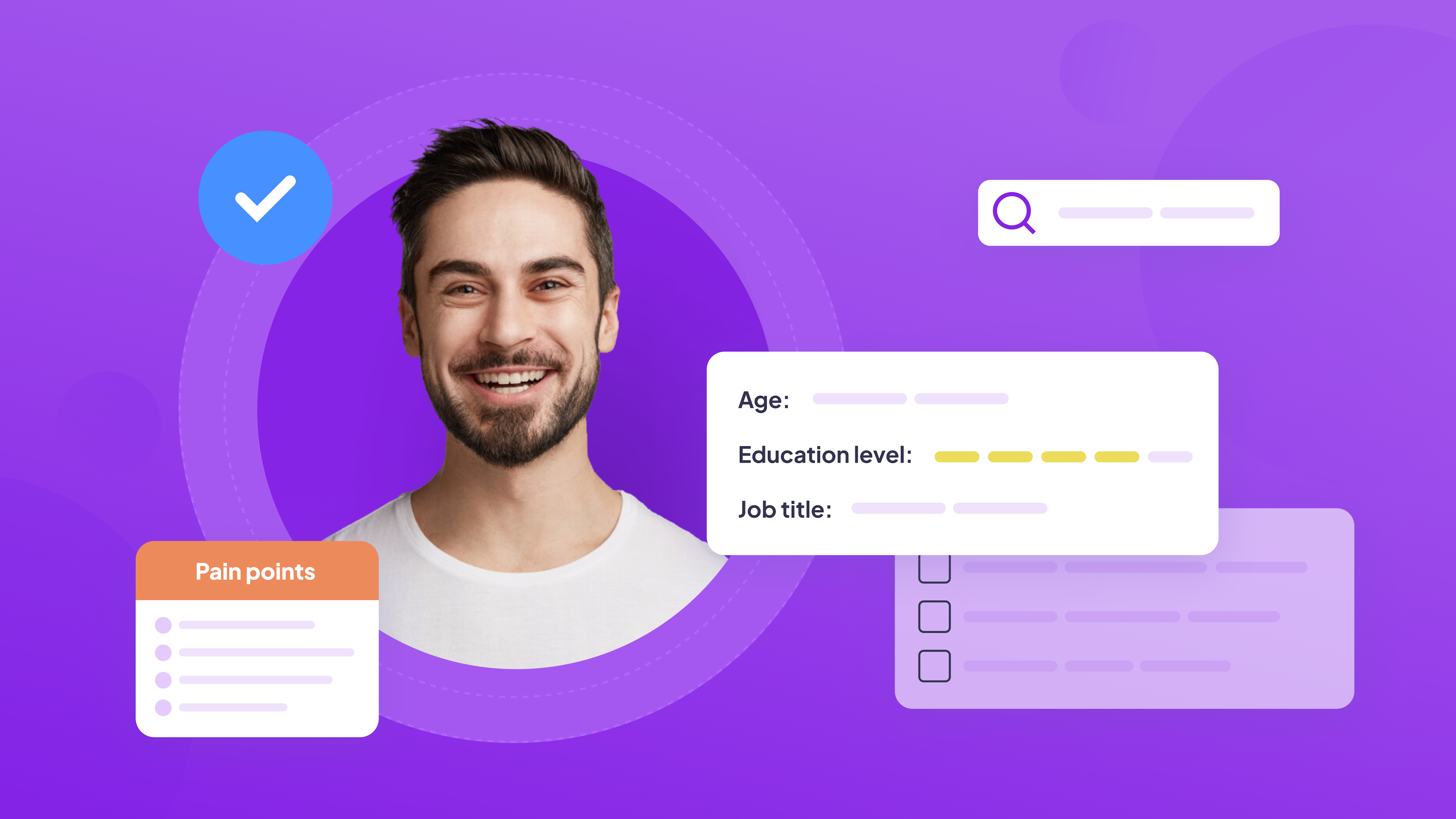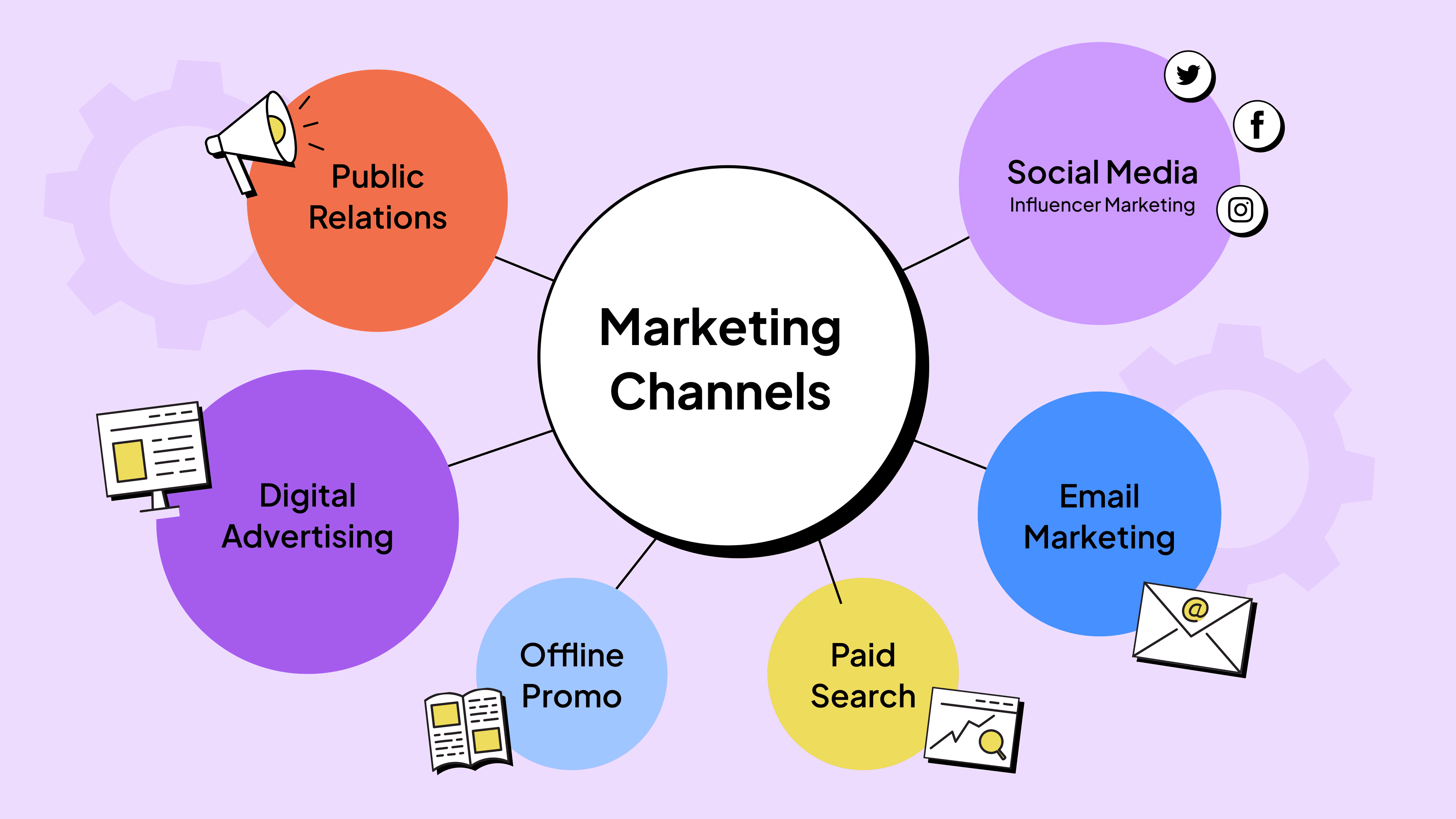ICPs part two: how to create an ideal customer profile

In our first article discussing Ideal Customer Profiles we looked at their value to your business and how you can use them to your advantage. This article is taking a more practical approach and we’re providing some direct steps for creating your ideal customer profile.
Step One: Gather your data
The process for identifying your ICP can start small, take a good look at your current customer base, and begin to find patterns to uncover common characteristics. Every organisation’s Ideal Customer Profile is different, and it can be as detailed or general as your team needs. Your customer data is invaluable with Gartner finding that 84% of customer service leaders recognise that customer data and analytics are vitally important.
Once you’ve exported and collated your customer data by key characteristics you can begin to spot patterns. You might notice you have a strong presence in a particular industry for example or see companies of a similar size often choose to use your product or services.
Step Two: Create a customer journey map
Once you have collected all the basic information you need about your ideal customer, you then need to document the steps involved in turning prospects into customers. You can use a customer journey map to provide a visual representation of the common touchpoints your prospects have with your company before conversion.
A customer journey map plots where a customer interacts with your business from their first encounter to purchase and customer service processes to repeat custom. A comprehensive customer journey allows you to better understand your prospects.
Step Three: Analyse your feedback
The information you can pull from your customer data is extremely valuable, but it also pays to look at your customer feedback too. Gathering customer feedback gives you access to more qualitative data covering elements such as your customers’ expectations, motivations, and pain points. These can also feed into your ICPs.
Your approach to gathering customer feedback may vary but the most common sources include customer reviews and through conducting surveys. Encouraging surveys helps to build upon review data and you can treat this information much like your regular customer data, looking for patterns and pulling out common concerns and pain points.
Step Four: Build the Customer Profiles
Analysing and understanding all your data means you are now in a position to create the ICP. Each customer profile will be unique, and you will want to ensure you include all the key details to make them easy to locate within a company e.g.:
- Job title: in the B2B sector we are always targeting specific individuals, not whole organisations or even departments. Your ICP should include the most relevant job title.
- Age range: this may not be completely specific, or always necessary, but an age range may help give you an idea of the experience level of the people you are targeting. For example, you may focus on experienced professionals aged 40-60.
- Education level: this could come by way of experience or formal academic education but having an expected level of education completed such as undergraduate degree, Master’s or higher, can help to define your profile.
- Company size: as well as individual demographics, an Ideal Customer Profile will include firmographics relating to the organisation to allow you to target individuals within companies of the right size.
- Buying patterns: Does your ideal customer take weeks to decide? Or do they make quick decisions individually? You also need to look at average sales values and purchase frequency to understand their buying patterns.
- Pain points: customer pain points drive their motivations, and your business exists to solve customer problems. Therefore, a list of the main pain points experienced by your customers is vital for the ICP.
Other criteria such as industry, funding and location may also be important depending on your business.
Step Five: Review, revise and repeat
Customer buying behaviours change regularly, as do their motivations and challenges. Regularly reviewing your ICPs helps to ensure they remain relevant and that you are targeting the right people.
Your Ideal Customer Profile plays a crucial role in guiding your prospecting. Ensuring you target the right people with your campaigns not only ensures you are working in a GDPR-compliant way, but it also increases the chance of better returns.
At Lead Gen Dept we work with you to create a suitable ICP for your campaigns, you may have a clear idea of who you want to target, but if not, we can help. Book in with our team to discuss the goals for your business and to benefit from our unique and highly effective approach to lead generation.



